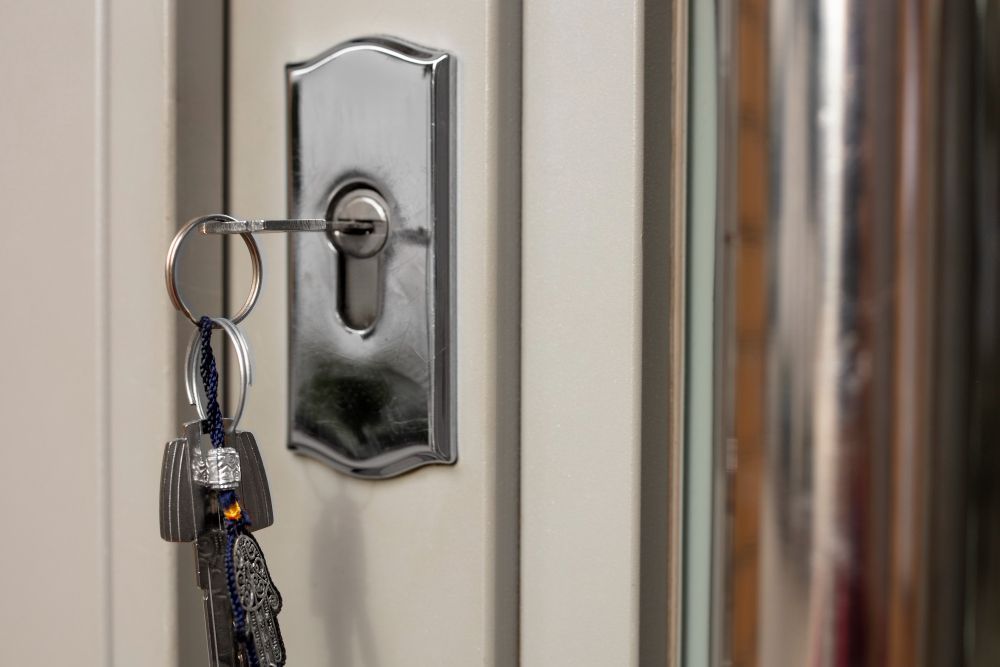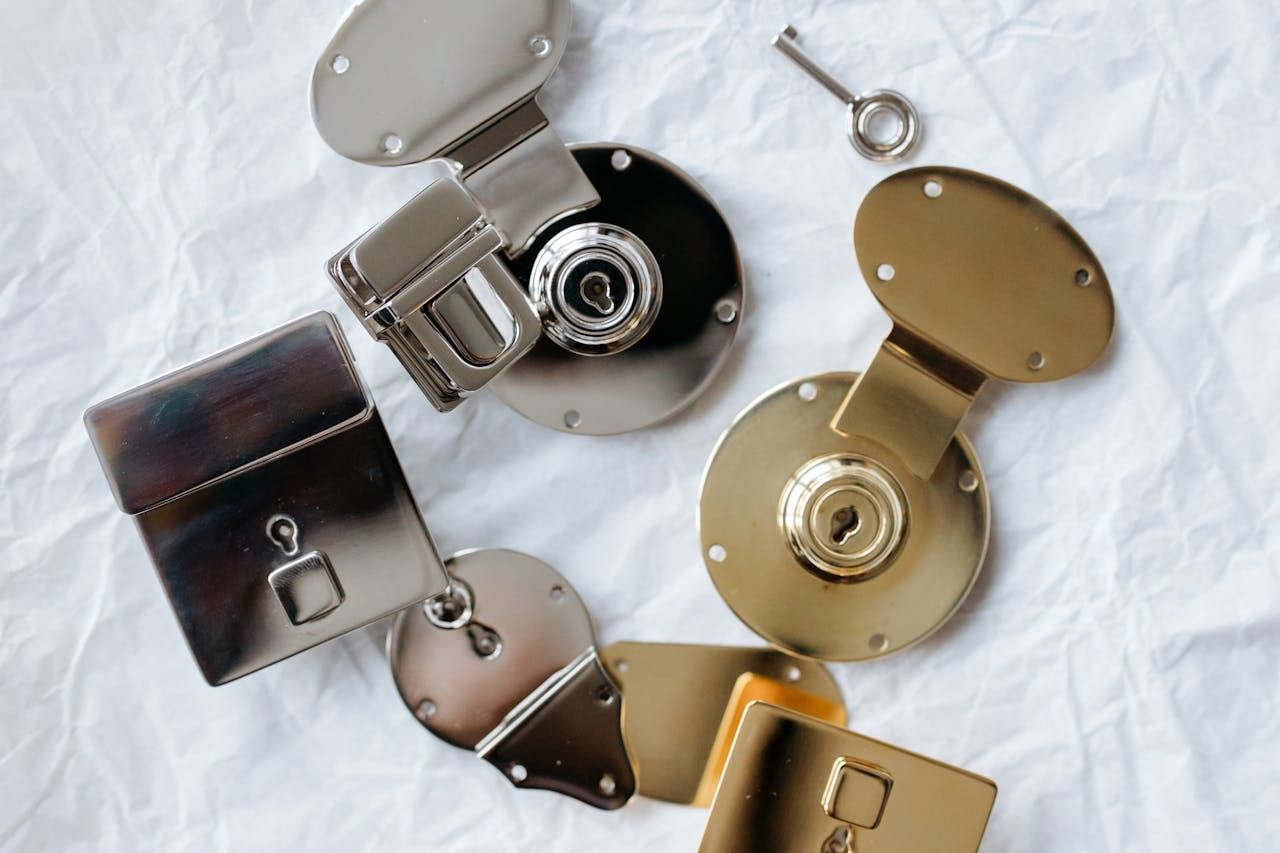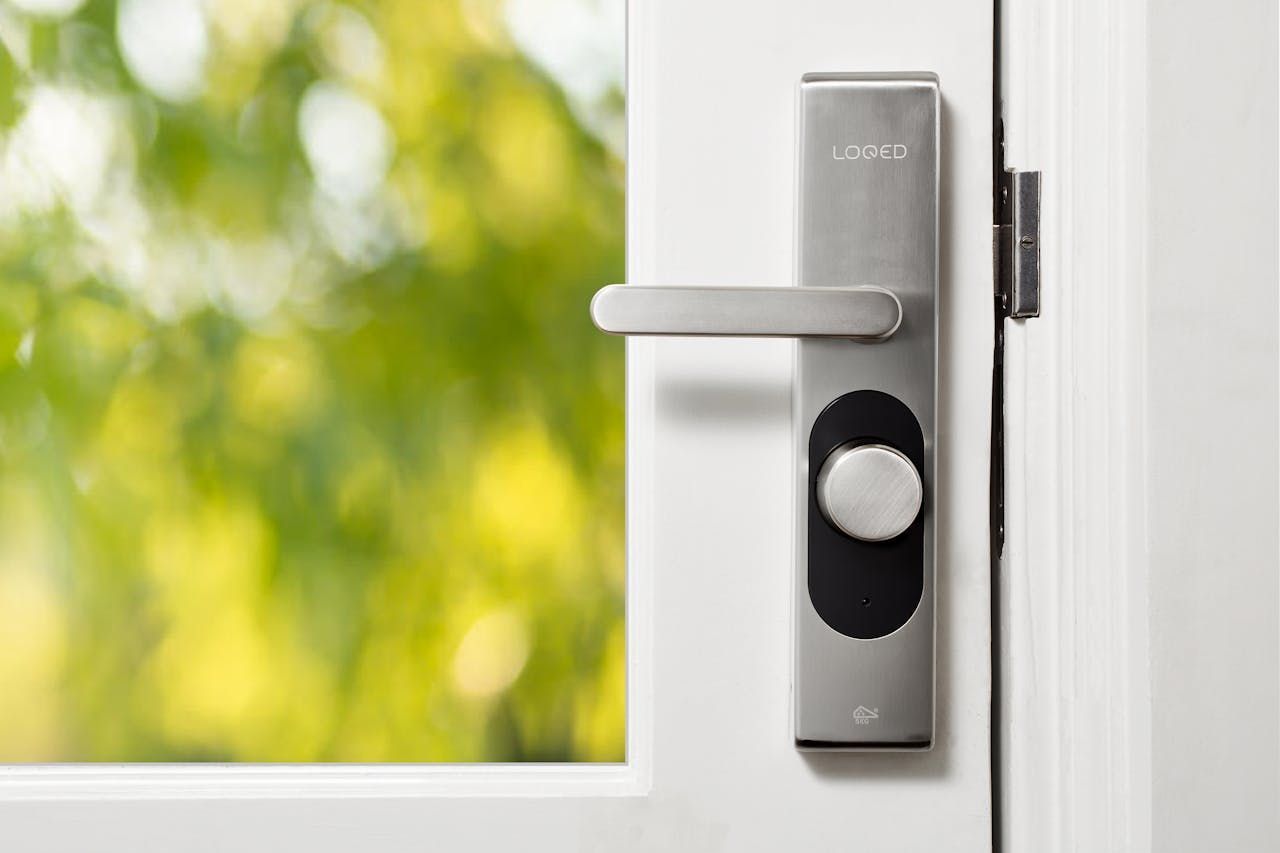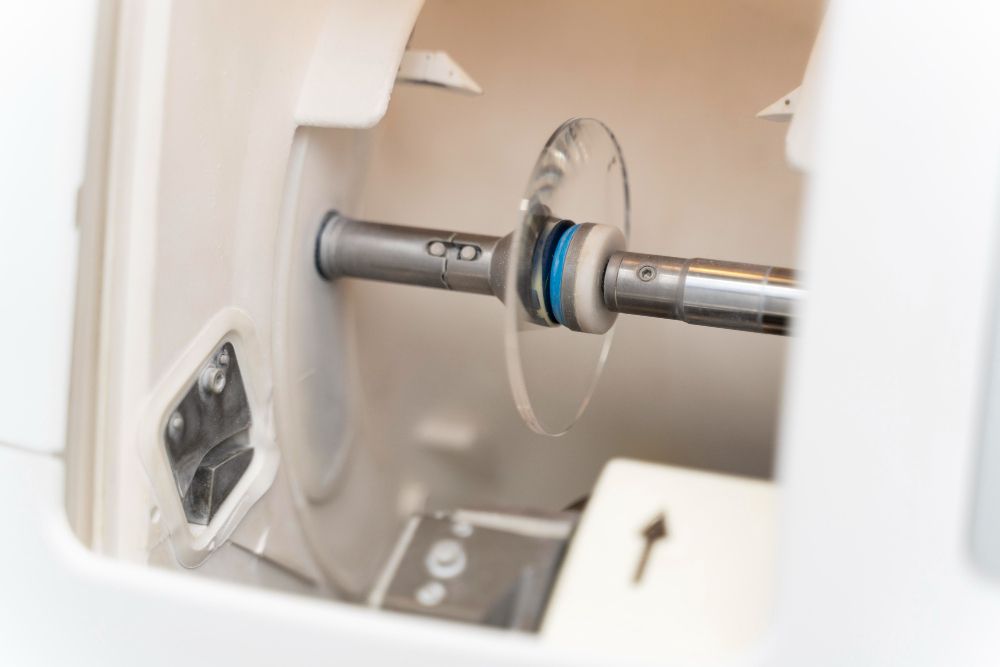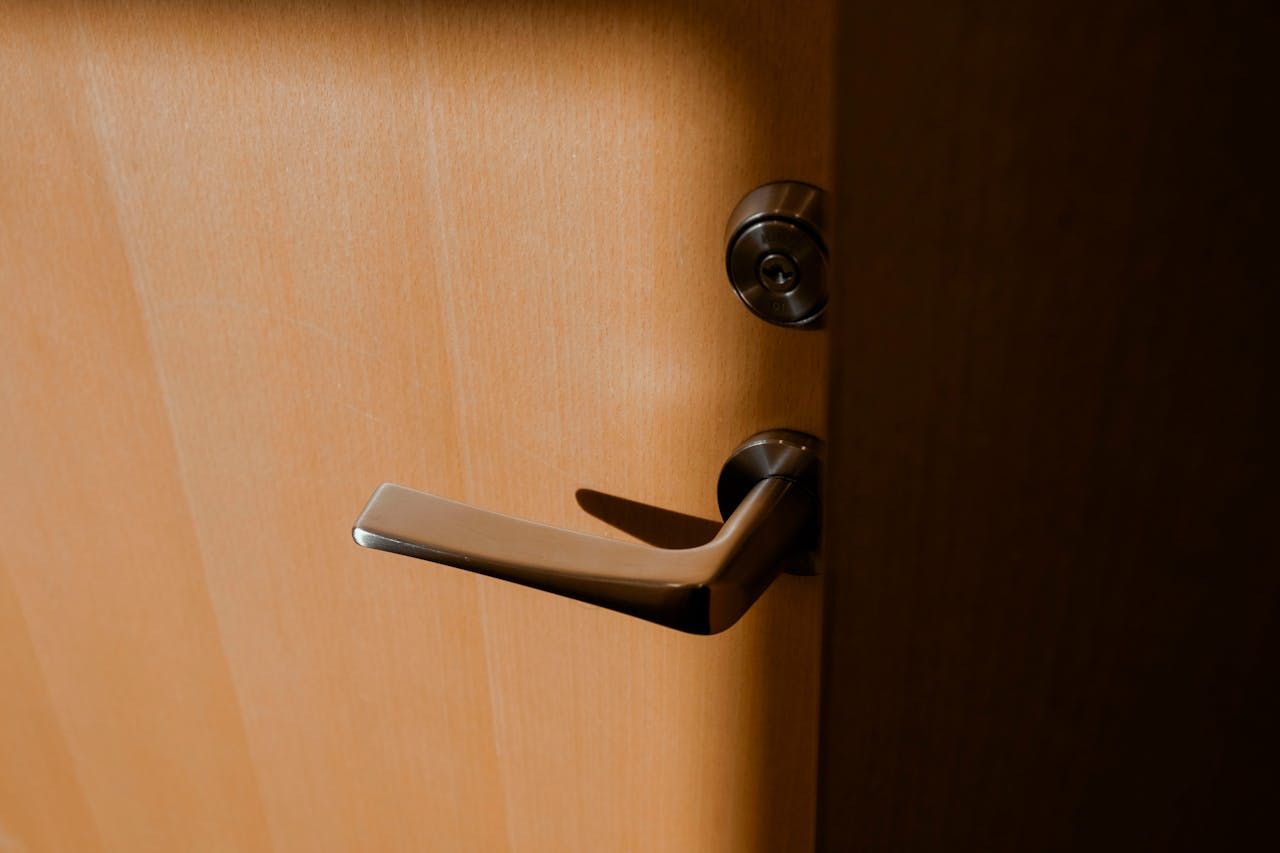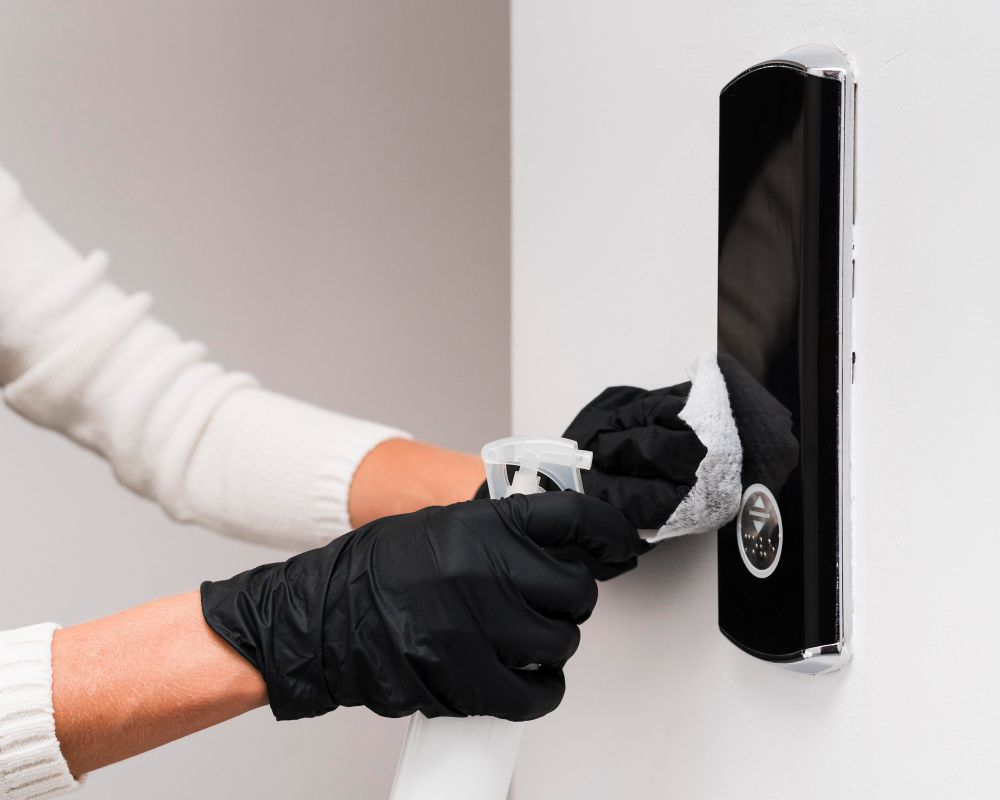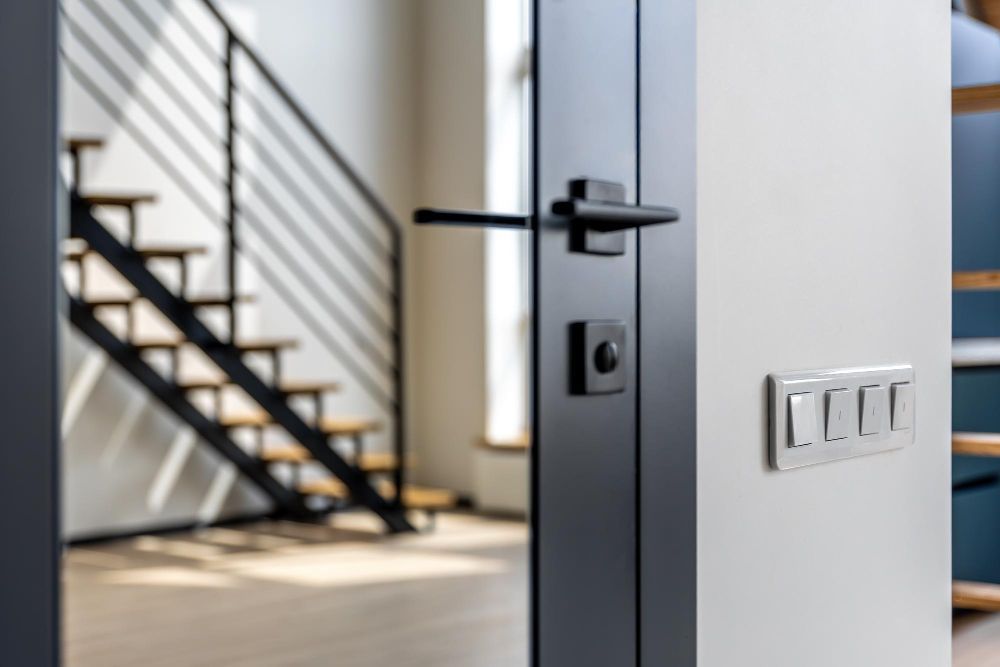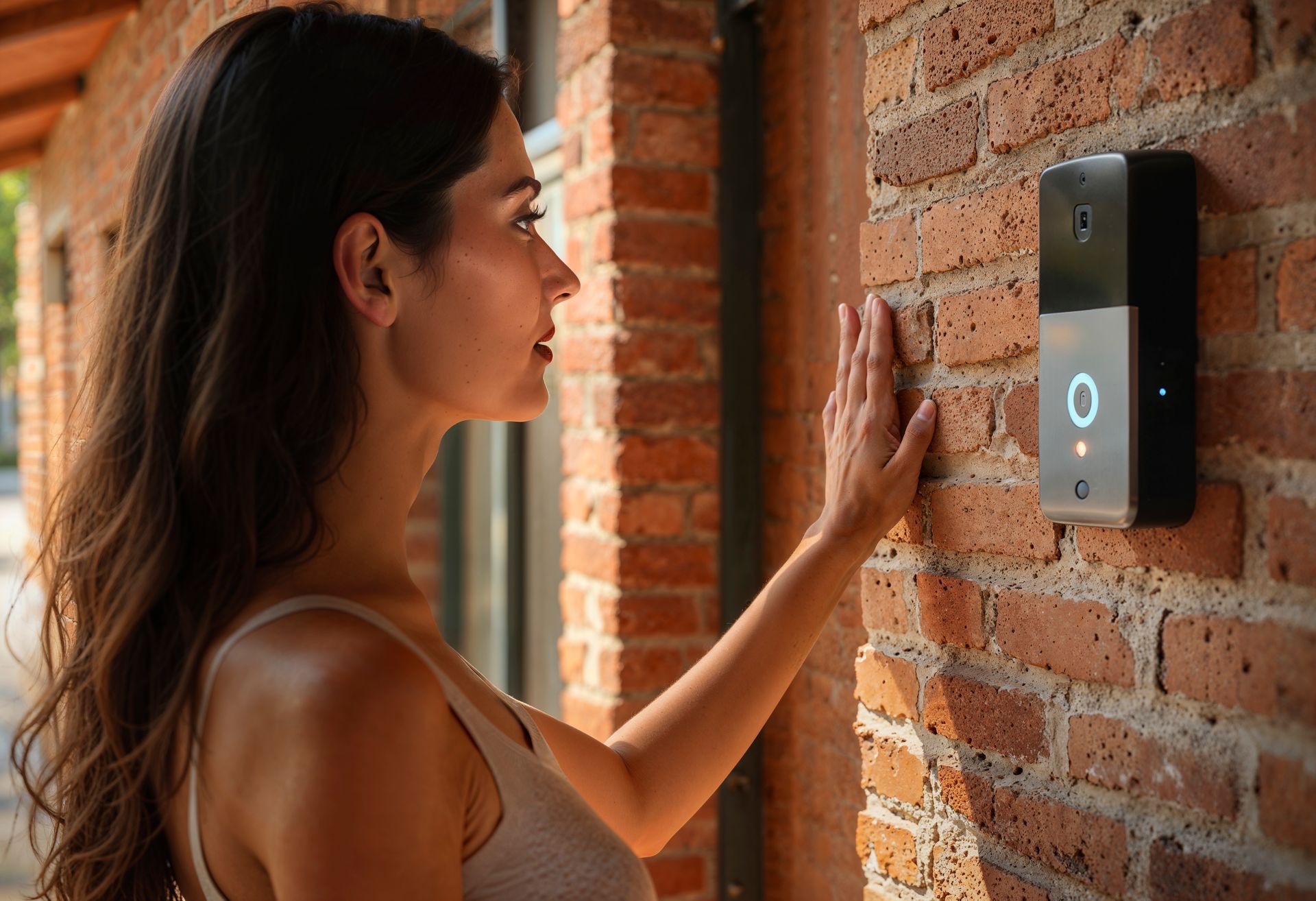Can I Install a Doorknob Lock Myself? DIY Guide & Tips
November 19, 2024
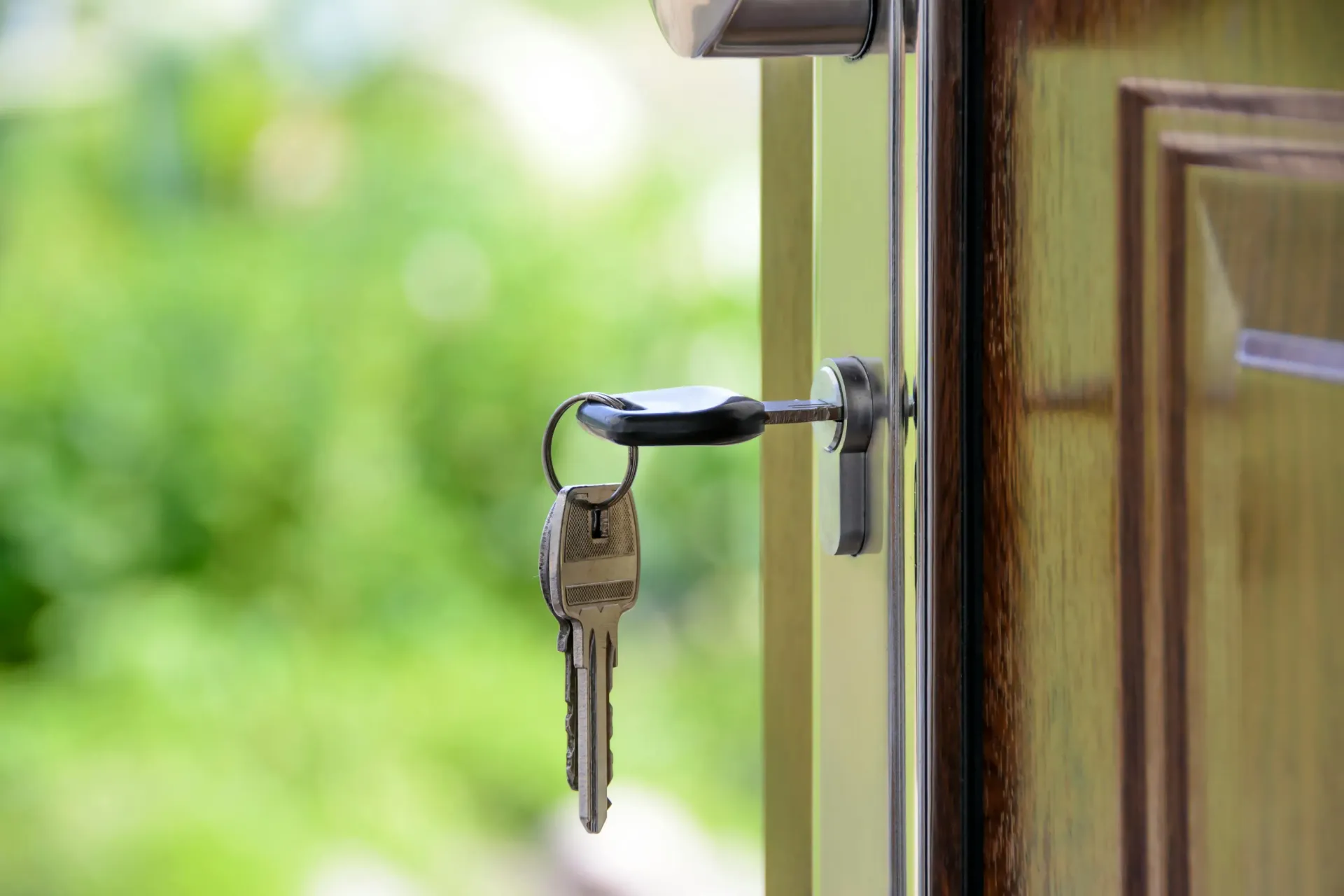
Installing a doorknob lock might seem challenging, but with the right tools and a little know-how, it’s a job anyone can handle. You don’t need advanced skills—just a bit of time and the willingness to follow simple steps.
Not only will you save money by skipping a locksmith, but you’ll also boost your home’s security and gain the confidence that comes with a DIY success. Whether you’re replacing a worn-out lock or adding one to a new door, you’re in the right place to get started.
Understanding Doorknob Locks
Before jumping into the installation process, it’s helpful to understand the basics of doorknob locks. Knowing the different types and their components will save you time and ensure you choose the right lock for your needs.
Types of Doorknob Locks
There are three main types of doorknob locks, each designed for specific purposes:
- Passage Knobs: Used for doors that don’t require a lock, like closets or hallways.
- Privacy Knobs: Ideal for bedrooms and bathrooms, these lock from one side and often have an emergency release option.
- Keyed Entry Knobs: Designed for exterior doors, these require a key to lock and unlock for added security.
Choosing the right type depends on where you plan to install the lock and how you’ll use the door.
Components of a Doorknob Lock
A doorknob lock has a few essential parts that you’ll need to understand for installation:
- Knobs: The handles on either side of the door.
- Latch: The part that extends into the doorframe to secure the door.
- Strike Plate: A metal piece that aligns with the latch on the doorframe.
- Screws: Small but critical, these hold everything in place.
Familiarizing yourself with these components will make the installation process straightforward and stress-free.
Tools and Materials Needed
Having the right tools and materials is crucial for a smooth and efficient installation. Before you start, gather everything you’ll need to avoid unnecessary interruptions.
Essential Tools
You don’t need a lot of tools, but a few basics will make the job easier:
- Screwdriver: A Phillips or flathead screwdriver, depending on the screws included with your lock.
- Measuring Tape: To check door thickness and backset measurements.
- Drill (Optional): For doors that don’t have pre-drilled holes or need adjustments.
- Chisel (Optional): To create space for the latch or strike plate if needed.
These tools are often already in most households, but if not, they’re inexpensive and easy to find.
Materials
Along with tools, you’ll need the following materials for the installation:
- Doorknob Lock Set: Choose the right type based on the door’s location and purpose.
- Screws: Usually provided in the lock set, but check to ensure they’re included.
- Template (Optional): Some lock sets include a paper template to guide drilling or alignment.
Having everything ready before you begin ensures a seamless installation process.
Preparing for Installation
Preparation is key to ensuring your doorknob lock fits correctly and works smoothly. Taking a few extra steps before starting will save time and prevent frustration.
Safety Precautions
Start by creating a safe work environment:
- Wear Safety Glasses: Protect your eyes from dust or small debris, especially if you’ll be drilling or chiseling.
- Secure the Workspace: Make sure the door is steady by either leaving it on its hinges or laying it flat on a stable surface if it’s not already installed.
Safety might feel like a small step, but it makes the process easier and keeps you protected.
Measuring the Door
Proper measurements ensure your new lock fits perfectly:
- Check Door Thickness: Most locks are designed for standard door thicknesses (1 3/8 to 1 3/4 inches). Measure your door to confirm compatibility.
- Measure the Backset: The backset is the distance from the door’s edge to the center of the doorknob hole. Common sizes are 2 3/8 or 2 3/4 inches.
Accurate measurements prevent unnecessary modifications and ensure your lock functions as intended.
Step-by-Step Guide to Installing a Doorknob Lock
Now that you’re prepared, it’s time to install the doorknob lock. Follow these steps carefully to ensure a secure and functional installation.
Removing the Old Doorknob
- Unscrew the Old Knob: Locate the screws on the interior side of the doorknob and remove them with a screwdriver.
- Detach the Knobs: Once the screws are out, pull the interior and exterior knobs apart.
- Remove the Latch: Unscrew the latch from the door’s edge and slide it out.
This clears the door for the new lock installation.
Installing the New Latch
- Insert the Latch: Slide the latch into the hole on the door’s edge. Ensure the beveled side faces the direction the door closes.
- Secure the Latch: Align it with the pre-drilled holes and fasten it with screws.
Make sure it’s snug but not overtightened to prevent damage.
Attaching the New Knobs
- Align the Exterior Knob: Place the exterior knob on the door, ensuring the spindle (the metal rod) fits through the latch.
- Attach the Interior Knob: Line up the interior knob with the spindle and secure it with screws.
- Tighten the Screws: Use a screwdriver to firmly fasten the knobs in place, but don’t overtighten.
Check that the knobs turn smoothly and the latch moves freely.
Installing the Strike Plate
- Position the Strike Plate: Place the strike plate over the pre-drilled hole in the doorframe.
- Secure with Screws: Fasten the strike plate using screws, ensuring it aligns with the latch when the door closes.
This ensures the door locks and unlocks securely.
Testing the New Lock
- Turn the Knob: Test the doorknob to ensure it turns smoothly without sticking.
- Lock and Unlock: Engage the lock and check that the latch aligns perfectly with the strike plate.
- Adjust if Needed: If anything feels off, loosen the screws slightly and make adjustments.
Testing ensures everything works as expected before you finish the job.
Common Mistakes to Avoid
Even with a clear plan, a few common mistakes can make installing a doorknob lock more challenging. Here’s what to watch out for to avoid setbacks:
Misaligning the Latch and Strike Plate
If the latch doesn’t align with the strike plate, the door won’t lock or close properly. Always double-check the alignment before tightening the screws. Small adjustments can save you a lot of hassle later.
Overtightening Screws
Using too much force can strip the screws or damage the lock mechanism. Tighten screws firmly but stop as soon as you feel resistance.
Using Incorrect Tools
Using the wrong screwdriver size or skipping necessary tools like a measuring tape can lead to mistakes. Make sure you have the right tools for the job before starting.
Skipping Measurements
Installing a lock without measuring the door’s thickness or backset can result in a poor fit. Double-check these measurements to ensure the lock you’ve chosen is compatible with your door.
Neglecting to Read Instructions
Every lock set comes with its own set of instructions. Ignoring these guidelines can lead to improper installation or void the warranty. Take a moment to review the manual for any specific requirements.
Forgetting to Test the Lock
Skipping the testing phase can leave you with a lock that doesn’t function properly. Always test the lock and latch alignment before wrapping up the job.
By keeping these points in mind, you can avoid frustration and ensure your new lock works perfectly.
When to Seek Professional Help
Installing a doorknob lock is usually a straightforward project, but there are situations where calling a professional is the better choice. Here’s when it makes sense to bring in an expert:
Complex Lock Mechanisms
If you’re installing advanced locks like smart locks or keypad systems, the setup might involve electrical work or programming. A professional locksmith or technician can handle this efficiently and ensure everything works seamlessly.
Time Constraints
Sometimes, you simply don’t have the time to tackle a DIY project. If you’re in a rush or have a busy schedule, hiring a locksmith can save you time and ensure the job is done correctly the first time.
Damaged or Old Doors
If your door is cracked, warped, or otherwise damaged, installing a lock can be tricky. A professional can make necessary repairs or adjustments to ensure the lock is secure.
Custom or Unique Doors
Specialty doors, like antique or custom-made designs, often require a delicate touch. Professionals can handle these with care to avoid damaging the door or its aesthetic.
Repeated Failures
If you’ve tried installing the lock multiple times without success, it’s time to bring in an expert. A professional can quickly identify and fix any issues, saving you frustration and ensuring the lock works properly.
Knowing when to step back and call for help can save you time, effort, and potential damage to your door or lock. Sometimes, it’s worth the extra cost to get the job done right.
Enhancing Home Security
Installing a doorknob lock is a great first step, but there are additional measures you can take to improve the safety and functionality of your home. Here are some ideas to enhance your home security further:
Upgrading to Smart Locks
Consider switching to a smart lock for added convenience and security. These modern locks allow you to lock and unlock your door using a smartphone, keypad, or even voice commands. Some models also include features like:
- Remote access to control your lock from anywhere.
- Temporary codes for guests or service providers.
- Alerts if someone tries to tamper with the lock.
Smart locks not only improve security but also make managing access to your home much easier.
Regular Maintenance Tips
Keep your locks in top condition by following these simple maintenance tips:
- Clean Locks Regularly: Wipe down knobs and keyholes with a damp cloth to prevent dirt buildup.
- Lubricate the Mechanism: Use a graphite or silicone-based lubricant on the lock’s moving parts to prevent sticking. Avoid using oil-based lubricants, as they can attract dust and grime.
- Inspect for Wear: Periodically check screws, knobs, and strike plates for signs of wear or looseness, and tighten or replace parts as needed.
Routine maintenance not only extends the life of your locks but also ensures they work reliably when you need them most.
Additional Security Features
For added protection, consider pairing your doorknob lock with other security measures like:
- Deadbolts: Install a deadbolt above the doorknob for an extra layer of security.
- Security Cameras: Add a camera near your door for monitoring and peace of mind.
- Reinforced Strike Plates: Upgrade to heavy-duty strike plates for better resistance to forced entry.
Enhancing your home security doesn’t have to be expensive or complicated. Small upgrades can make a big difference in keeping your home safe.
Conclusion
Installing a doorknob lock on your own is a simple and rewarding project that boosts your home’s security and privacy. With the right tools, careful preparation, and attention to detail, you can complete the task confidently. However, if you’re dealing with a complex lock, time constraints, or damaged doors, calling a professional locksmith can save you time and stress.
For residents in Murray, West Jordan, Midvale, Sandy, and surrounding areas, Lynn’s Lockshop offers reliable and expert locksmith services. Whether you need lock rekeying, lock repair, or help with an emergency lockout, their team has the skills and experience to handle all your locksmithing needs. Lynn’s Lockshop is your trusted choice for ensuring the safety and security of your home or business.
Don’t leave your home’s security to chance—contact Lynn’s Lockshop today for fast and professional service!
Frequently Asked Questions
What tools do I need to install a doorknob lock?
You’ll need basic tools like a screwdriver, measuring tape, and possibly a drill or chisel if adjustments are required.
How long does it take to install a doorknob lock?
On average, it takes 30 minutes to an hour, depending on your experience and whether the door requires modifications.
Can I install a doorknob lock on a metal door?
Yes, but you may need specialized tools, like a metal drill bit, to create holes or adjust existing ones.
What’s the difference between a privacy knob and a keyed entry knob?
A privacy knob locks from one side, typically for interior doors like bathrooms or bedrooms, while a keyed entry knob requires a key and is used for exterior doors.
Should I replace or rekey my lock?
Rekeying is more affordable and keeps the existing hardware, but replacing the lock may be necessary if it’s damaged or outdated.
